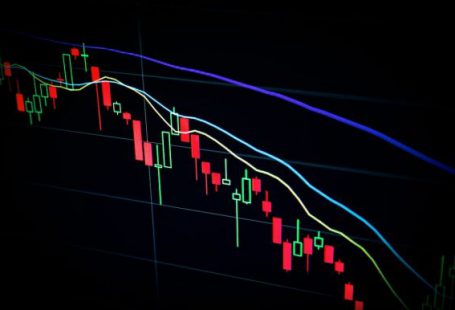In the fast-paced world of business, staying ahead of the competition is crucial. One way to gain an edge is by analyzing historical data to identify patterns and trends that can help predict future market movements. By diving deep into the past, businesses can make more informed decisions and position themselves for success. In this article, we will explore the importance of analyzing historical data and how it can be used to forecast market trends.
Understanding the Past to Predict the Future
The adage “history repeats itself” holds true in the world of business. By examining past market trends, businesses can identify patterns and cycles that tend to occur over time. This historical perspective provides valuable insights into how markets have behaved in the past and can serve as a guide for predicting future movements.
Identifying Key Indicators
Analyzing historical data allows businesses to identify key indicators that have influenced market trends in the past. These indicators can be anything from economic factors such as GDP growth and interest rates to industry-specific variables like consumer demand and technological advancements. By understanding which indicators have historically played a significant role in market movements, businesses can focus their analysis on these factors and make more accurate predictions.
Spotting Emerging Trends
Another advantage of analyzing historical data is the ability to spot emerging trends before they become mainstream. By identifying early signs of change, businesses can position themselves to take advantage of new opportunities or mitigate potential risks. For example, by analyzing historical data, a fashion retailer may notice a growing interest in sustainable clothing materials and adjust their product offerings accordingly.
Avoiding Costly Mistakes
Analyzing historical data also helps businesses avoid costly mistakes. By studying past market trends, businesses can learn from the mistakes of others and avoid making the same errors themselves. For instance, a company considering entering a new market can examine the experiences of previous entrants to determine the viability and potential challenges associated with that market.
Using Advanced Analytics Tools
To effectively analyze historical data, businesses can leverage advanced analytics tools. These tools use sophisticated algorithms to process large amounts of data and identify meaningful patterns and trends. By harnessing the power of technology, businesses can gain deeper insights into historical data and make more accurate predictions about future market movements.
Combining Data Sources
In addition to analyzing historical market data, businesses can enhance their forecasting capabilities by combining different data sources. For example, they can integrate financial data with social media sentiment analysis to understand how consumer behavior and market sentiment are interconnected. By considering multiple data sources, businesses can create a more comprehensive view of market trends and make better-informed decisions.
The Future of Historical Data Analysis
As technology continues to advance, so does the potential of historical data analysis. With the advent of artificial intelligence and machine learning, businesses can now automate the process of analyzing historical data and uncover insights that were previously inaccessible. These advancements will further enhance businesses’ ability to predict future market trends and stay ahead of the competition.
In conclusion, analyzing historical data is a powerful tool for businesses seeking to gain a competitive advantage. By understanding past market trends, identifying key indicators, spotting emerging trends, avoiding costly mistakes, and leveraging advanced analytics tools, businesses can make more informed decisions and position themselves for success in the ever-changing marketplace. As technology continues to evolve, the future of historical data analysis looks promising, offering even more opportunities for businesses to unlock valuable insights and stay ahead of the curve.





